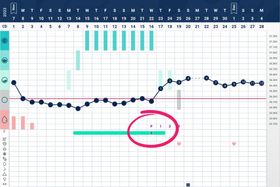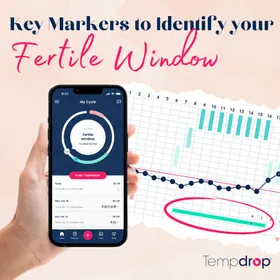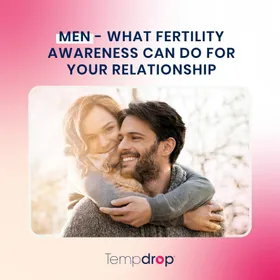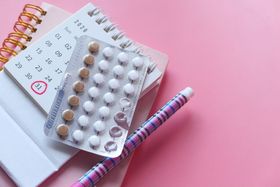How to Help Your Teenage Daughter Through Menarche
Published February 5, 2025.
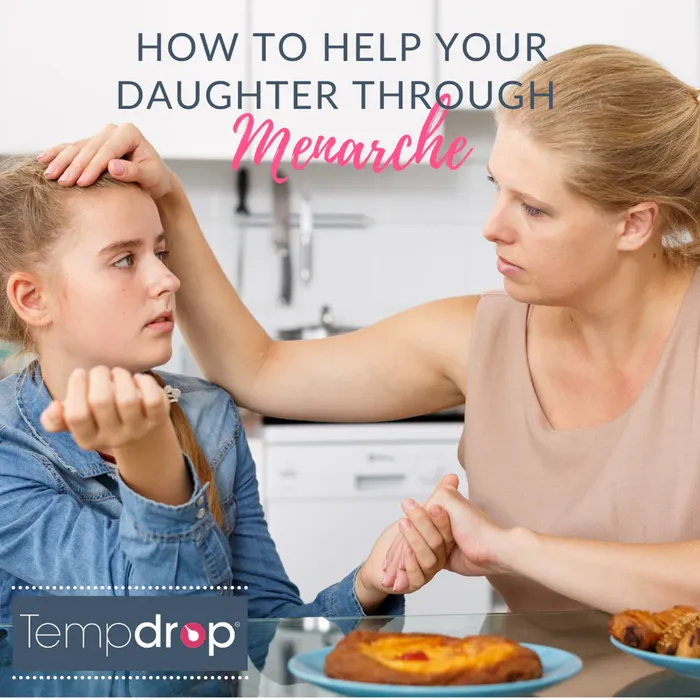
First, the big question. What on earth is menarche? It’s a cool looking word, which popped into being around the turn of the 20th century. It’s a combination of two words: the Greek “men” for month and “arkhē” for beginning. If you didn’t already know, now you can easily guess the meaning! Menarche is a fancy way of referring to the first menstrual period, which typically occurs during puberty. It has a fancy sort of pronunciation too: mə-när′kē or in a less dictionary-looking way, muh-nahr-kee. It may or may not help to know it basically rhymes with malarkey.
The onset of menses is typically the first sign we notice of a girl’s entrance into her reproductive years. This tends to happen much earlier than we’re usually ready for the responsibility of a baby, but reproductive cycles have begun nonetheless. That’s likely to seem very abstract for a tween or teen, but the physical experience of menstruating is a vivid reality.
The age of menarche has a complex combination of genetic/hereditary factors, as well as environmental ones. Around the world, the typical age range for menarche is 10-15 years, with an average age of 12-13 years. Some girls may begin very early, age 8-9, and others may not have begun by age 15 (if the latter, it’s a good time to ask a trusted physician about this). Menarche will often begin approximately 2 years from the early “budding” stage of breast development. (Not a joke: that has its own cool word, “thelarche!”) It can be helpful to have a rough clue we can use based on physical observation, rather than just statistics.
So how to help your daughter through her first menstrual period?
First, rather than waiting for it to begin and then helping, it’s preferable to prepare her for its likely arrival before it happens! In fact, you can start having conversations about what periods are from a young age! If this is your first discussion, start by letting her know what it is. It’s important to put menstrual bleeding into the context of a cycle so she knows the bleeding has an actual function and her body is working as it should, instead of getting scared about bleeding.
When I was young, my parents tried to prepare me ahead of time. They strategically left the classic book “What’s Happening to Me?” lying around the house, knowing I’d read it. But they didn’t have a conversation about it with me. When I first noticed blood in my panties, it was brown spotting and I didn’t know what it was… thinking perhaps I’d unknowingly had a small “accident.” The book hadn’t mentioned brown bleeding at all. I was ashamed or embarrassed to ask and just bundled my soiled underwear in the hamper. Later, I wasn’t sure how to approach practicalities like swimming when menstruating, when I’d only experienced pads.
Some Useful Resources
There are helpful books available, of course. But something more personal or social can make a big difference. I’d recommend finding a way to chat about cycles themselves. All people deserve to know the main facts about how cycles work!
- Talk about what sort of bleeding you might observe, how much and how often is normal in the first few years of cycling.
- Look at the products we have for menstrual periods, from disposable pads and tampons, to menstrual cups and period underwear/swimwear.
- Take a look at supplies before your daughter needs to use them the first time.
- Have a “period kit” ready so she has supplies at hand when menses shows up, or when her friend is surprised by bleeding.
- Let her know how she may experience physical and emotional changes, how hormones affect our bodies and experience of the world, and what’s normal.
A book can be a helpful reference, but a book alone can seem isolating and perpetuate the idea there’s a secrecy or stigma to the menstrual cycle and menstrual bleeding. A class or community of supportive people can make a huge difference to a girl encountering menarche in a positive fashion. Some resources I’ve found and liked include the following:
- The Cycle Prep course by @pearlandthistle, for building a “culture of care.”
- The Guiding Star project’s Cycle Show
- Couple to Couple League’s Live the Love mother and daughter area.
hese resources suit me and my family well, but I encourage you to seek out resources fitting you and your family best.
Don’t underestimate the power of the personal touch. Talking about this out loud with a trusted adult and/or supportive group makes a world of difference.
When the day comes, treat your daughter positively and kindly. Menses is often a time to practice self-care, to be patient and gentle with our hormonal changes and emotional needs. Your daughter may like some quiet time, may appreciate a heating pad to help with any cramping, or may like to snuggle on the couch and watch a movie. A warm soothing drink might be nice. She doesn’t need to be relegated to invalid status! Menstruation is normal. But she doesn’t have to be at peak energy levels either - as some feminine hygiene ads might have us think - rollerblading in the sunshine in tight white shorts.
Having trained as a FABM instructor and childbirth educator, I feel very comfortable talking about all this with my daughter, having transcended the embarrassment of my 13-year-old self. If you’re not fully comfortable with this topic, that’s ok. The courses I mentioned may help. But just be honest. “When I was growing up this seemed like a secret topic so I might seem a little uncomfortable because of your history, but it’s actually really normal and I’m happy to learn about it with you!” Our children appreciate our honesty, and they’ll appreciate your care.



